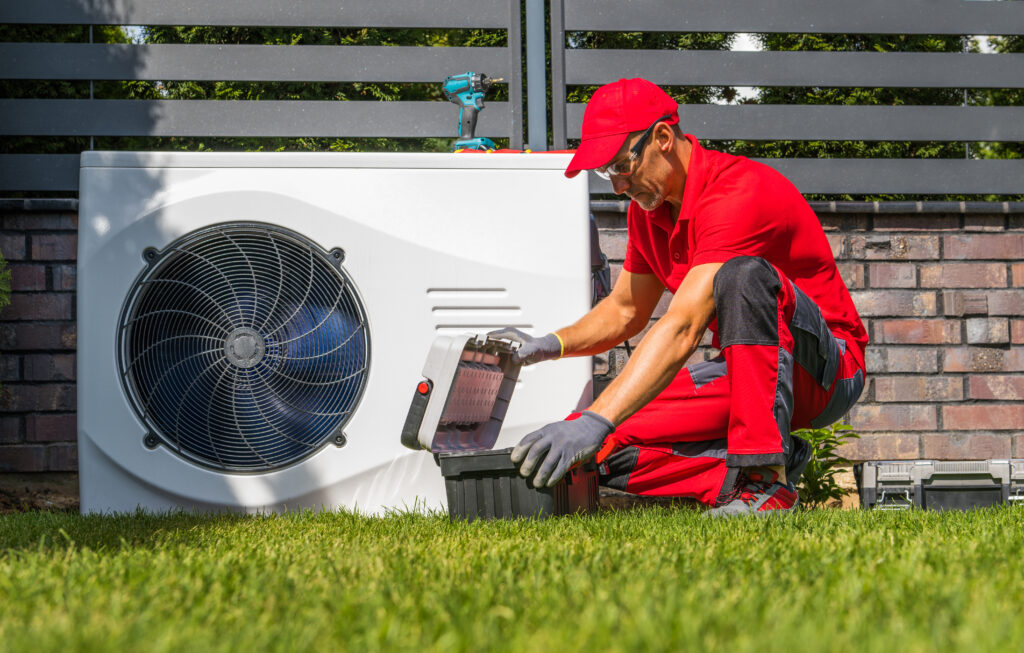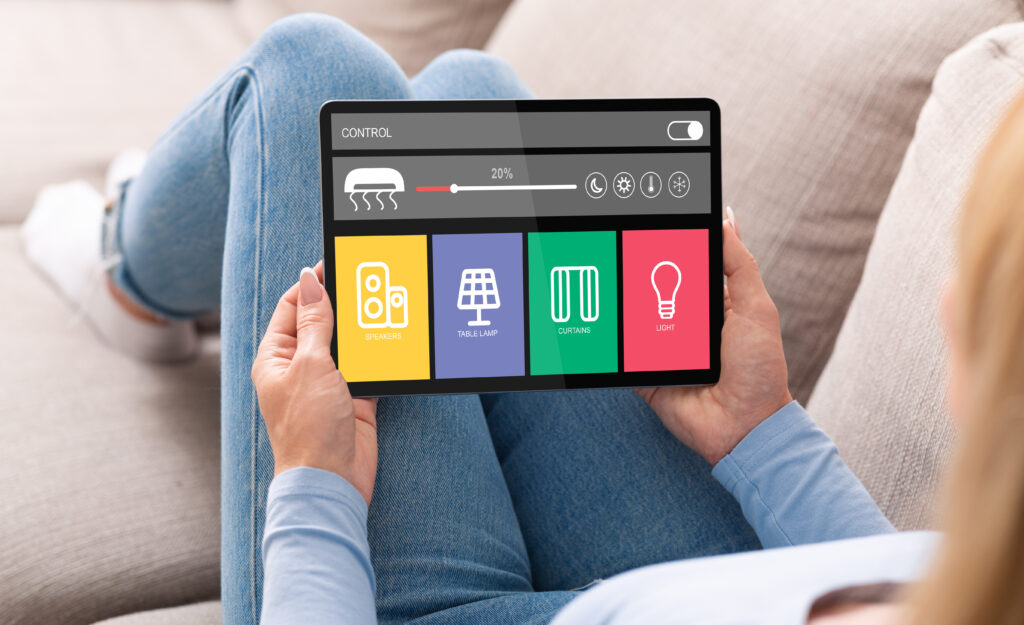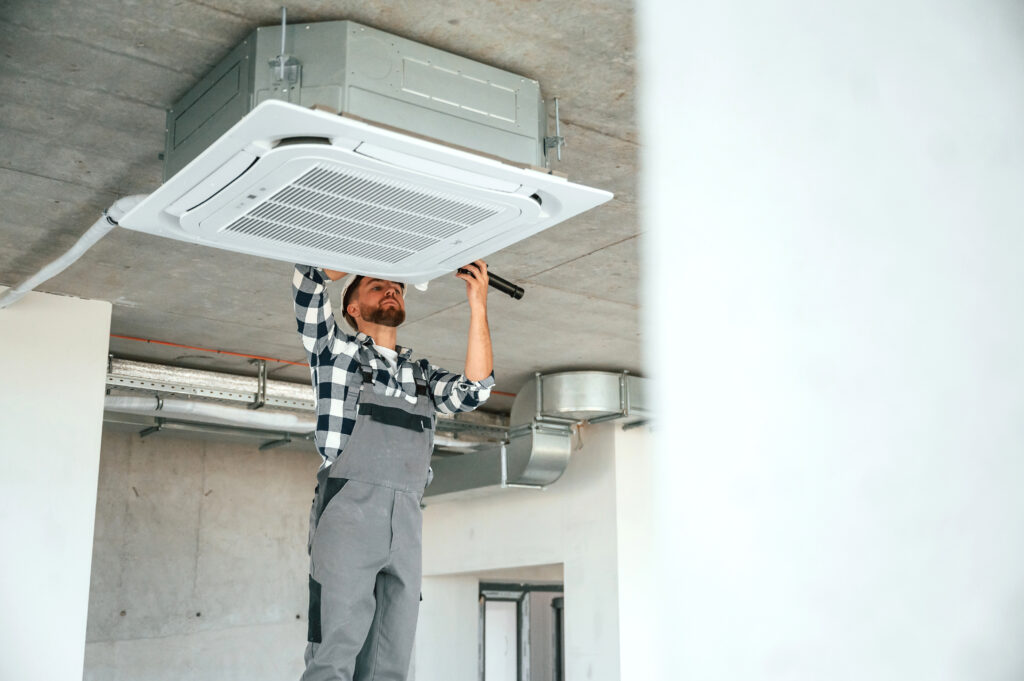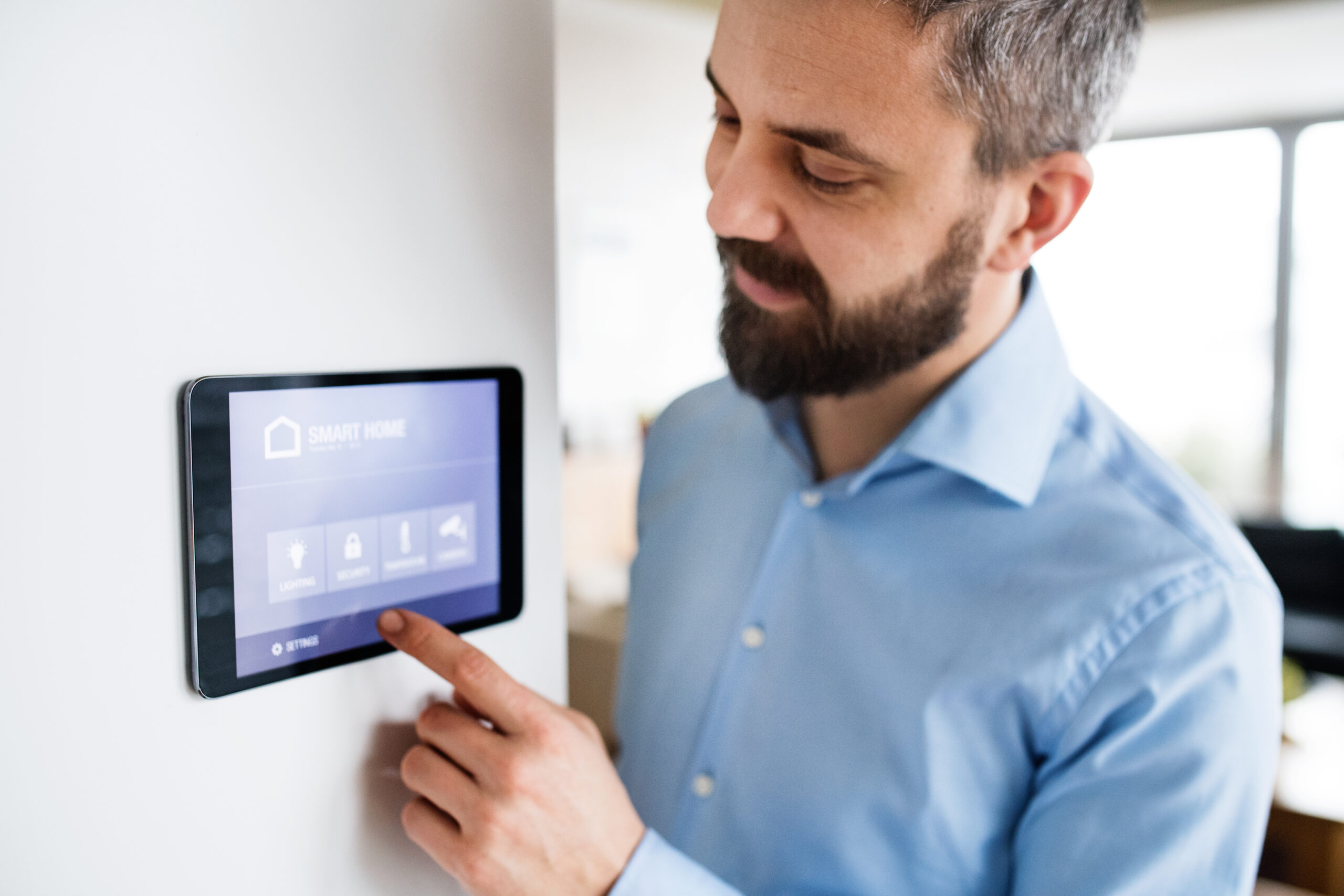Still Using the Same HVAC System from 2005? It’s Time for an Upgrade.
If your home’s heating and cooling setup hasn’t changed much in the last 15 or 20 years, it might be time for a serious rethink. Systems that once did the job are now lagging behind when it comes to efficiency, comfort, and reliability. If that sounds familiar, it may be time to fix your outdated HVAC system—and the good news is, you have more options than ever.
Today’s HVAC technology is smarter, more responsive, and built to make your life easier. From thermostats that learn your habits to systems that predict when maintenance is needed, modern solutions aren’t just upgrades—they’re game changers.
If you’ve been putting off an upgrade, here’s what you’re missing—and why now is the perfect time to fix that outdated HVAC system once and for all.
1. Smart Thermostats: Comfort on Autopilot
One of the easiest and most effective ways to fix outdated HVAC systems is by switching to a smart thermostat. These little devices have completely changed the way we control temperature at home.
Instead of adjusting your thermostat every time you come and go, smart models learn your routines and automatically create a comfort schedule around your lifestyle. Heading out for the day? It adjusts. Coming home early? It adapts. These thermostats even take the weather into account, helping your system work smarter—not harder.
And if your schedule changes? You can adjust the temperature from anywhere using your smartphone. Whether you’re on the couch or across the country, your home is always just a tap away. It’s a simple upgrade that packs a serious punch—and a great first step to fix outdated HVAC systems.

2. Zoning Systems: Custom Comfort in Every Room
We’ve all experienced it—one room is freezing while another feels like a sauna. Traditional HVAC setups treat your whole house like one big space, which doesn’t reflect how we actually use our homes. That’s where zoning comes in.
Zoning divides your home into separate “zones,” each with its own thermostat and temperature control. It’s a smart way to fix outdated HVAC limitations, especially in multi-storey homes, homes with guest spaces, or families with different comfort preferences.
Want the upstairs cooler at night while keeping the living room warm for late-night TV? No problem. Zoning lets you dial in the perfect temp for every space, all while reducing energy waste and saving you money over time.
Thanks to advancements in HVAC tech, zoning is more accessible and cost-effective than ever. If you’re tired of arguing over the thermostat or wasting energy heating rooms you rarely use, zoning is a great way to fix your outdated HVAC and take back control.

3. Predictive Maintenance = Fewer Surprises
Picture this: it’s the coldest night of the year, and your furnace quits. Now you’re stuck scrambling for emergency service. Sound familiar? Then it’s probably time to fix your outdated HVAC system and take advantage of predictive maintenance.
Newer systems are equipped with smart sensors and self-monitoring features that constantly check performance. They can detect small issues like airflow inefficiencies or failing components before they turn into expensive breakdowns.
Some systems even send alerts straight to your technician—or to you—so a small fix now doesn’t become a huge repair later. It’s all about catching problems early and keeping things running smoothly.
Predictive tech won’t just save you money on repairs—it can also extend the life of your system and reduce the number of times you’re left out in the cold. That’s a major upgrade from the old “wait and hope” model.

4. Energy Efficiency That Works in the Background
Let’s be honest—older HVAC systems were built for a different time. Energy prices were lower, tech was simpler, and expectations were different. But now? Running an outdated system can feel like throwing money out the window.
Fixing an outdated HVAC system means choosing equipment that adjusts to real-world conditions in real time. Today’s energy-efficient models use smart automation and responsive components to adapt on the fly.
Some of the biggest efficiency wins include:
- Variable-speed motors that match output to demand
- Inverter-driven compressors that avoid energy spikes
- Smart dampers that control airflow more precisely
- Adaptive heating curves that respond to indoor and outdoor temps
You don’t have to micromanage anything—it all happens in the background. So while you’re enjoying consistent comfort, your system is quietly cutting your energy costs and reducing wear and tear.
If you’re serious about lowering your monthly bills and reducing your carbon footprint, it’s time to fix outdated HVAC equipment that just can’t keep up.

5. Voice Control and Smart Home Integration
If your HVAC system can’t talk to your smart home setup, it’s definitely showing its age. Voice control and home automation are no longer futuristic—they’re part of daily life. And upgrading your HVAC system lets you bring your comfort controls into the mix.
With smart home integration, your HVAC system can be part of routines and voice commands. For example:
- Say “Goodnight” to Alexa, and your home can lower the heat, turn off lights, and lock the doors.
- Heading home early? Your thermostat can warm up the house using your phone’s GPS location.
- Want different temps on weekdays vs. weekends? Automate it once and forget it.
These are the types of conveniences that make a real difference day-to-day—and they’re just not possible with outdated equipment. If your system doesn’t play nice with the tech you already have, it’s time to fix your outdated HVAC setup and bring it into the present.
6. Cleaner Air, Delivered Smarter
Temperature isn’t the only factor in home comfort—air quality matters too. And if you’re still relying on a basic filter and a prayer, it’s time to upgrade.
Today’s HVAC systems include smart filtration options that monitor indoor air quality in real time. They detect contaminants like dust, pet dander, smoke, pollen, and even volatile organic compounds (VOCs), adjusting filtration automatically to keep your air cleaner and healthier.
Some systems even provide app-based air quality reports, so you’ll always know what you’re breathing. That’s especially important for homes with pets, allergies, asthma, or little kids.
If you want to improve your indoor air and reduce allergens, one of the best things you can do is fix outdated HVAC filtration systems that simply weren’t built for today’s needs.

Why Homeowners Are Choosing to Fix Outdated HVAC Systems
Let’s face it: the way we heat and cool our homes has changed. Rising energy costs, new tech, and growing comfort expectations mean that older systems are falling short.
That’s why so many homeowners are choosing to fix outdated HVAC systems instead of waiting for them to fail. Whether it’s improving comfort, lowering bills, or gaining better control, upgrading now just makes sense.
And it’s not just about bells and whistles—it’s about investing in a more comfortable, cost-effective, and future-ready home.
Ready to Fix Your Outdated HVAC System?
If your current HVAC system is more “vintage” than “efficient,” it’s time for a change. Across Simcoe County and all through Ontario, homeowners are making the move to smarter, more responsive systems—and seeing big results in comfort, air quality, and energy savings.
Whether you’re ready for a full upgrade or just exploring your options, the team at Dave Brown HVAC is here to help. We’ll walk you through your choices, explain what makes sense for your home, and deliver expert service that fits your timeline and budget.
Let’s fix your outdated HVAC system together—and bring your home into the future.
Contact Dave Brown HVAC today or book a consultation online. Comfort just got a whole lot smarter.

